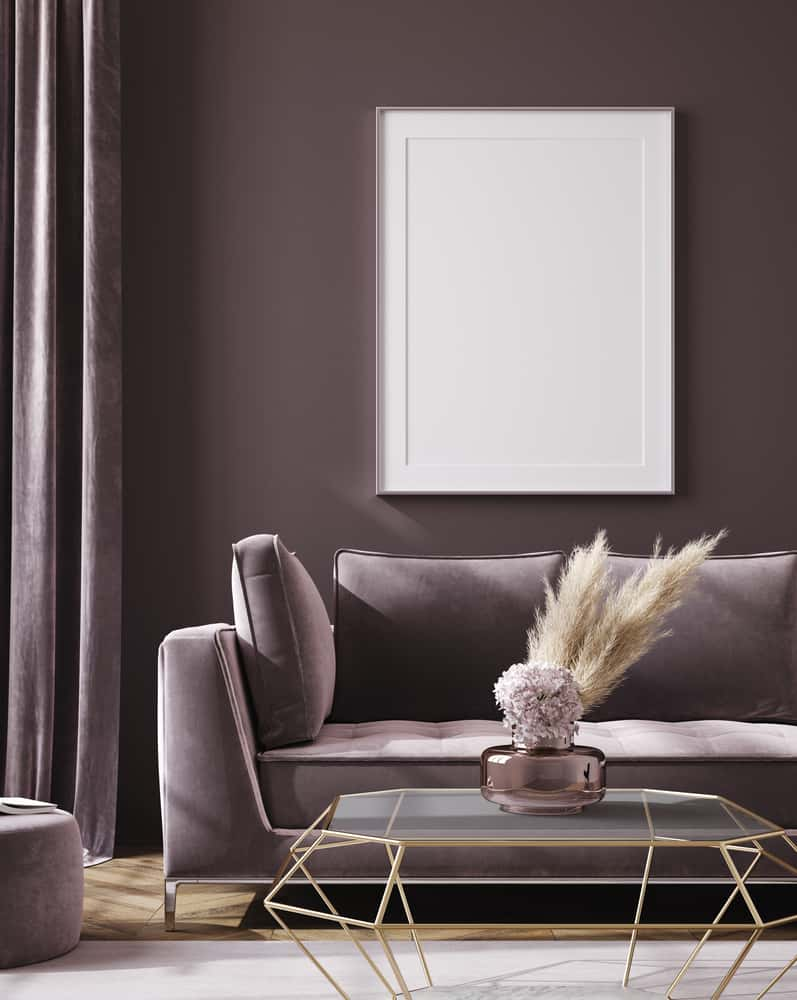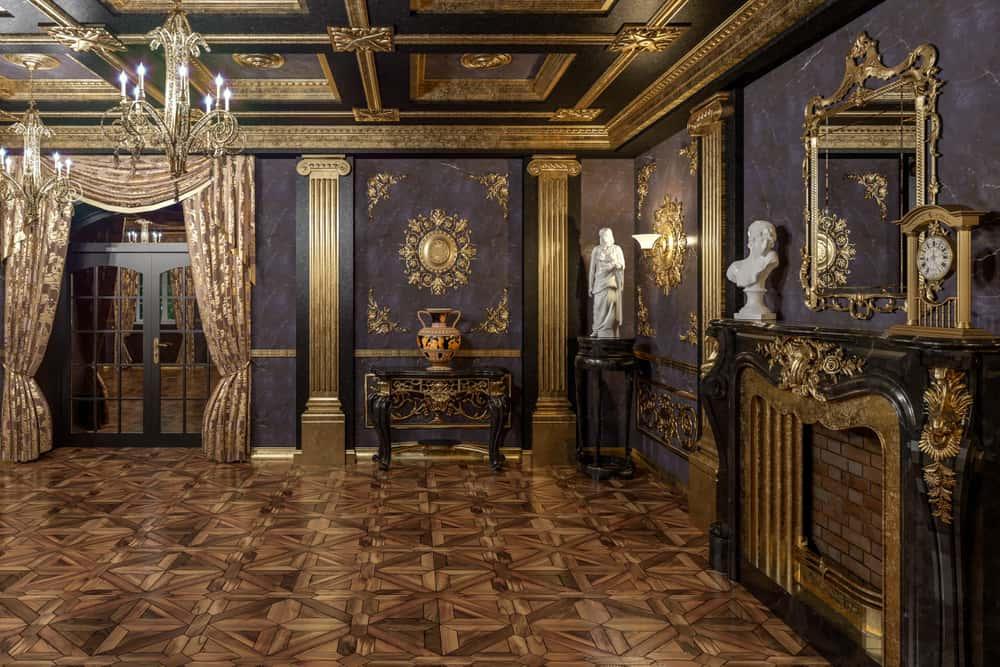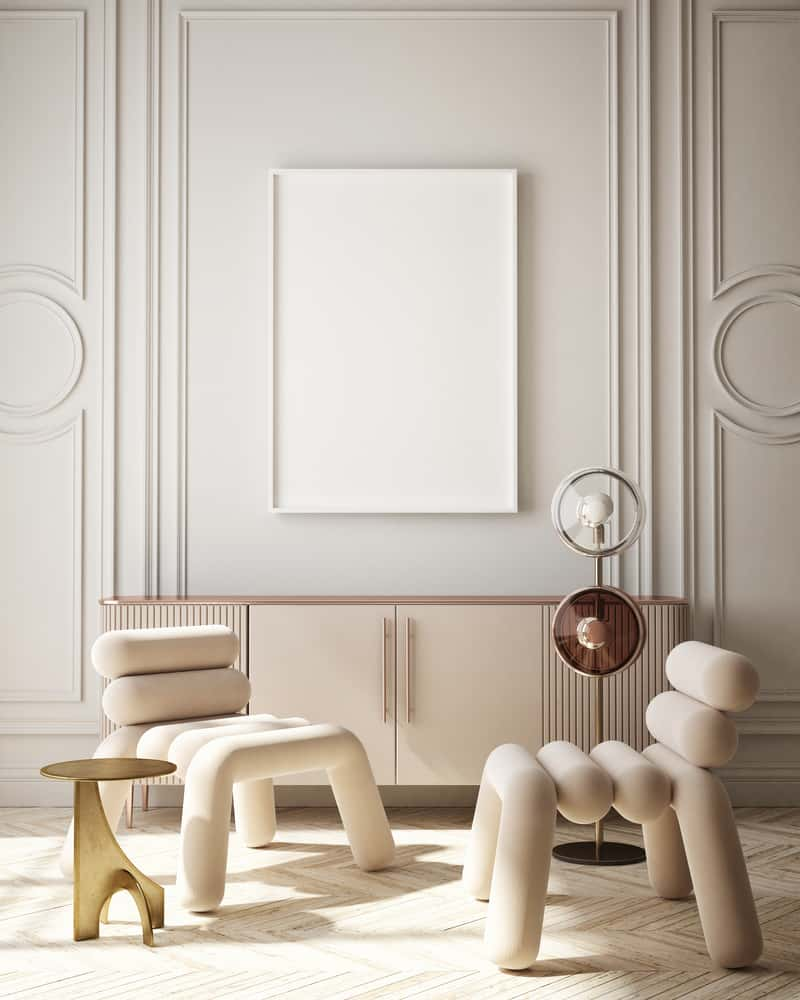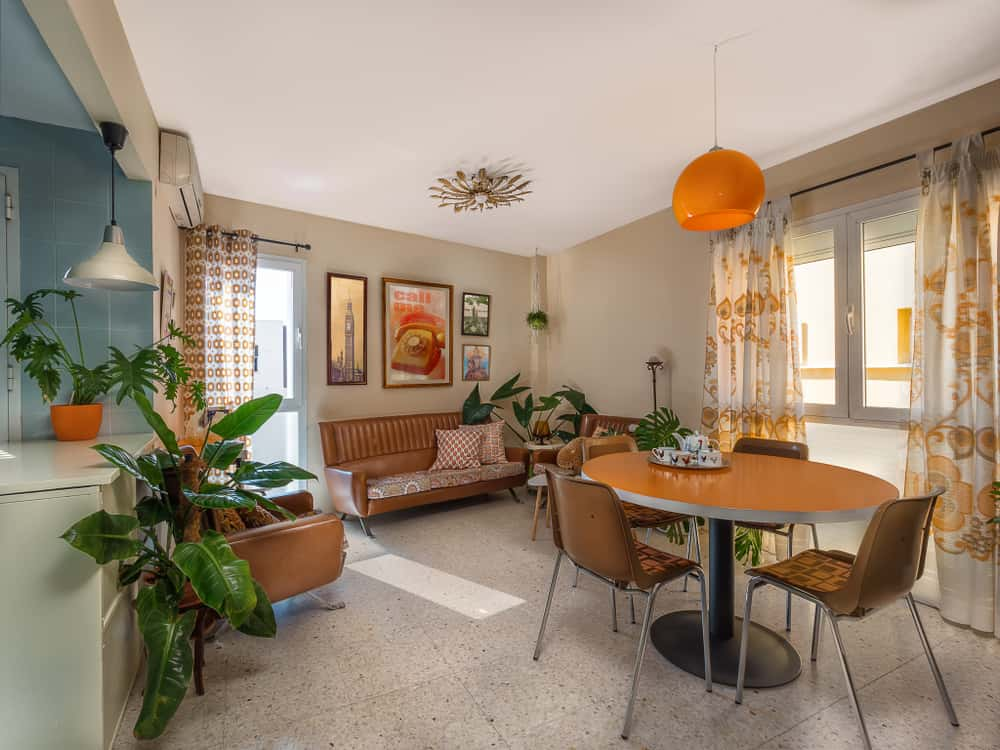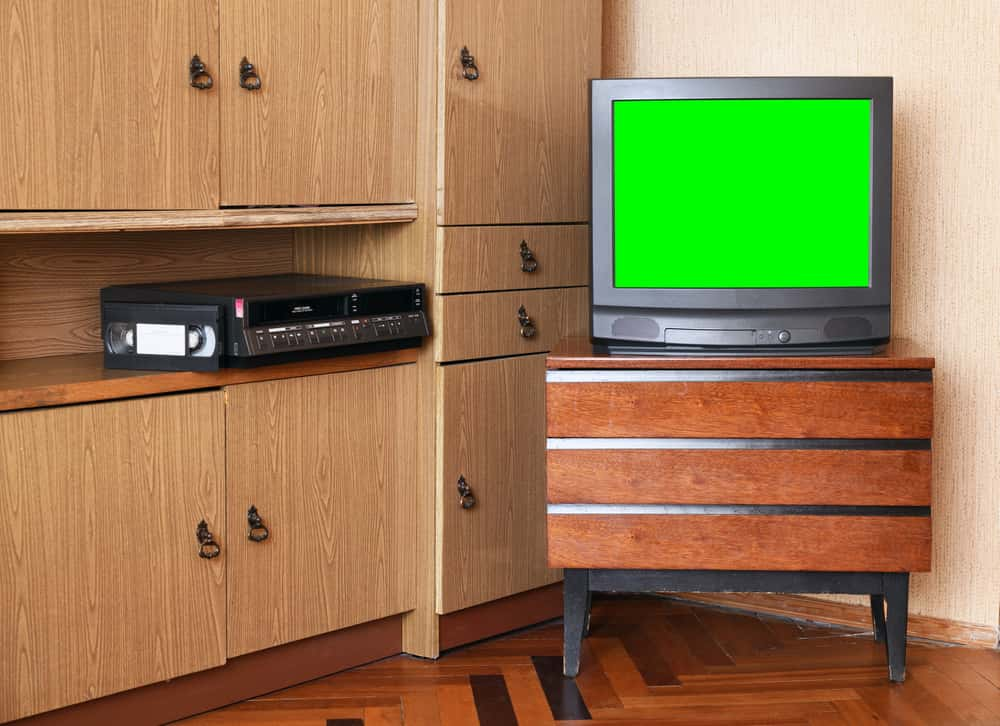Interior design is a lot like fashion in the way that it journeys through the decades. Every season brings a new style and every decade brings a new theme to design your house around. Ever since the interior design of one’s home became a priority for homeowners, art has gone through massive transformations. And, once again, much like fashion, its arrival into each decade is determined by much of the socio-climate of the time.
Factors like industrialisation, globalisation, and modernisation have all played a part in dictating the predominant trends for interior design in their respective decades. So, let’s take a look at how interior design themes have changed and evolved over the years.
The 1900s
The 1900s were all about endorsing and representing the arts. Craftsmanship was greatly valued and the interior design of homes reflected precisely that. Retaining the natural form of things was another prominent motif across homes at the time. Wood was in wide use and made up most of the material used for interior design at the time. The “genre” or “style” that the design fit into at the time was what woodland fairy dreams are made of. Think of the perfect set design for a Taylor Swift music video from the “folklore” era, and you’ve got the pitch for the interior design of the 1900s.
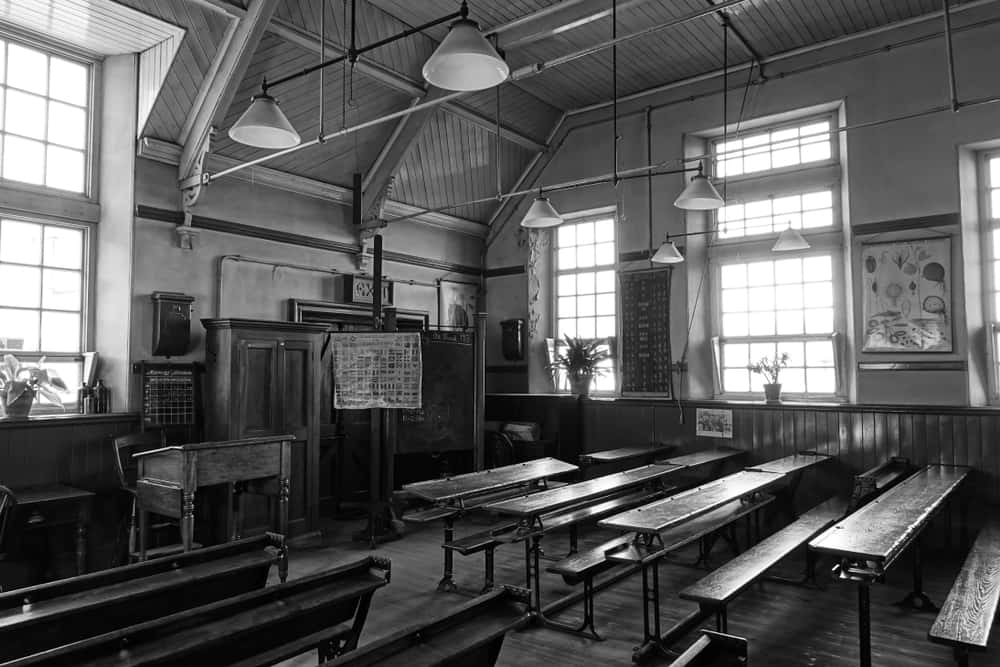
Andy J Billington
The 1910s
The 1910s were all about extravagance. Frills and fancies defined this era in interior design, where a certain “Victorian” style of things reigned supreme. Heavy, decorative drapes were in plenty and mantle places looked like something out of a royal palace. Gold, deep reds, and plush greens made up much of the colour palette of homes at the time.
Remember, this was the period right before the first World War and industrialization had just grabbed the world by its collar. Industrialists and aristocrats were living it up and as a result, the primary trend at the time was all about displaying what one had. The gap between the haves and have nots grew wider than ever, but everyone was intent on showing people what they had.
Aspirational grandeur was the theme of the time, but that quickly changed.
The 1920s-1930s
Cue ‘Art Deco’ by Lana Del Rey. That song is the predominant interior design trend of the 20s and 30s in song form. From clean lines and geometric shapes to bright colours and padded sofas, these decades represented the rise of modernisation. Clean cut lines divided up spaces within a home. Solid colours were a common sight – from countertops and furniture to light fixtures and wall art – most elements of interior design made a statement.
“Bold” was the trending theme of that time. As far as materials used went, industrially available and manufactured materials were favoured. Plastic, metal, or a combination of both, were in high demand. As fabrics go, geometric prints and light velvet reams were used. Islands in the kitchens started making an appearance, too.
The 1940s-1950s
Modern interior design was the staple trend of this time period. It took a lot from the previous decades and used that as a foundation. It took the bright, bold use of colours to new extremes as walls were adorned with brightly coloured, patterned wallpaper. The furniture emphasised the love for clean lines. But there was a slight shift in the materials used. These decades favoured the use of more naturally occurring materials like wood and metal combined with other elements of modernity.
Space was given great importance; keeping a home decluttered and sleek was in style. Recreational areas and living rooms took centre stage. This was the era for couch pits.
The 1960s-1970s
This was a confusing era in interior design trends, for sure. It was almost as if people, homeowners and the interior design industry were finding their footing again. And the design, decoration and planning of homes at the time reflected just that. Snazzy designs and weird shapes shone brightly under the spotlight. Interestingly, the trend of bold colours stood the test of time. Alongside, the advancement of technology and the appearance of new gadgets, homes became increasingly functional.
Kitchens featured multi-functional units like ovens cum storage units and the like. Admittedly, kitchens became the centre of the home at the time.
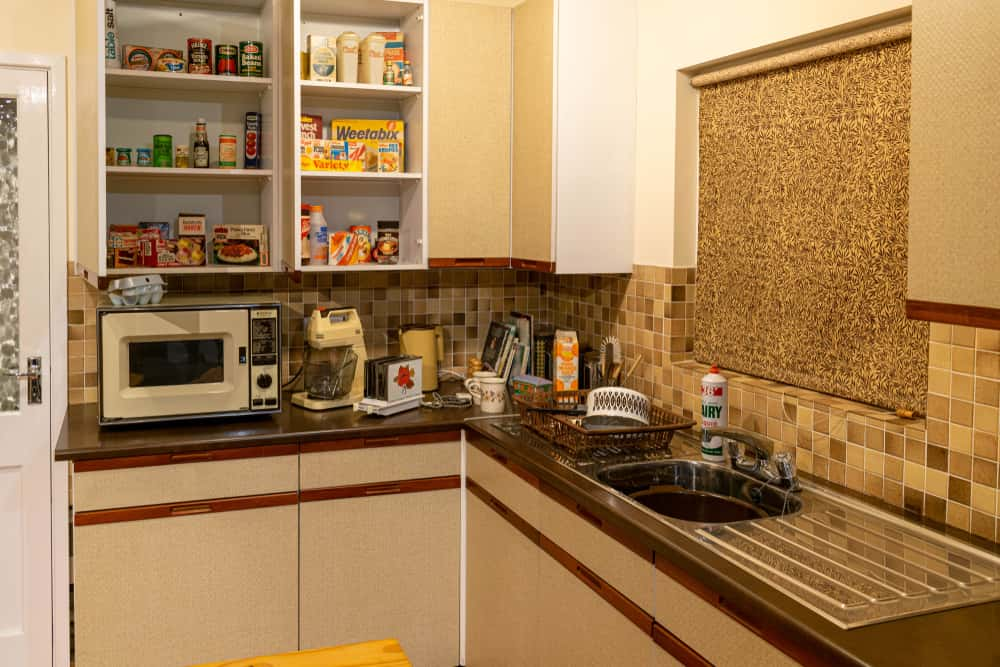 KerrysWorld
KerrysWorld
The 1980s-1990s
Interior design trends in this decade were an amalgamation of all the years previous, in preparation for turning the corner. Each room in a home incorporated a mixture of different styles. Checkered floors co-existed with tasselled draping and padded Victorian-looking furniture appeared in the same room as soon to be IKEA-like furniture.
The 2000s
The start of a new decade brought a complete transformation of home spaces. Bright and bold colours were entirely swapped out for stark whites and creams. Metal appliances filled kitchens and the general design of furniture, fittings and accents in the typical 2000s home became a lot more functional-looking than before. Use the dictated form in this era.
Bedrooms looked a lot more coordinated and cohesive – bed units complete with matching bedside tables and dressing tables became a staple. In this era, people opted for interior design that was modern, minimal in appearance and finished in aesthetic.
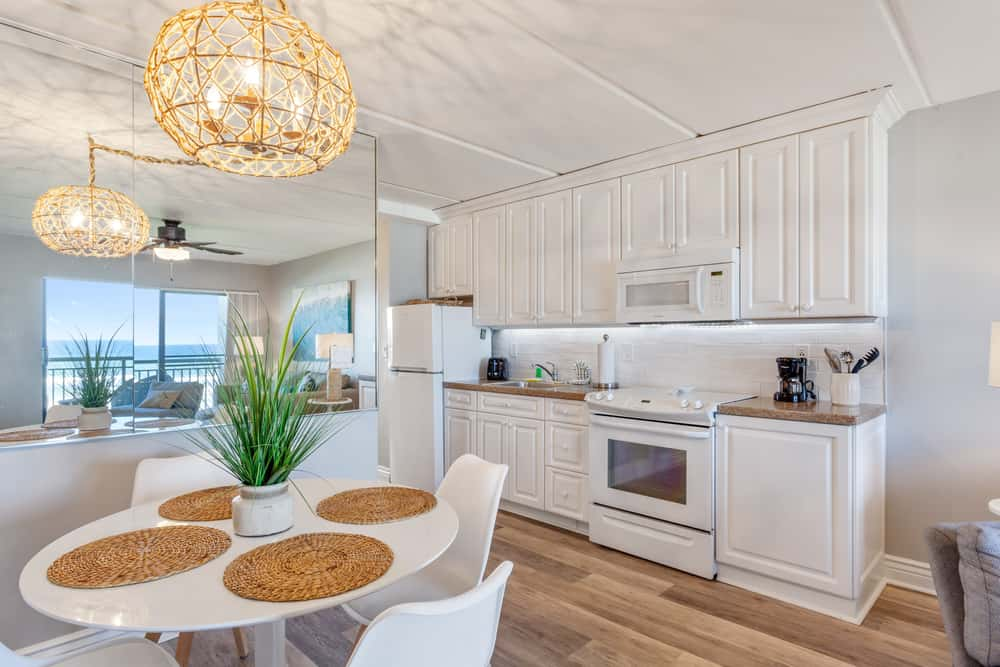
Pipas Imagery
The 2010s and 2020s
The 2010s and 2020s have been all about discovery and inclusivity. Homes have become a little more colourful, a little more experimental and now, truly reflect the homeowner and their lives. From the art that adorns the walls to the furniture, every element of a home now makes a statement.
The approach to interior design these days spans a wide variety of focus areas. From functionality and convenience to representation and sustainability, interior design is tailor-made to fit the homeowners’ priorities. The trend now is focused on intentional and conscientious living – for the home to be a reflection of the person occupying the space.
Locally sourced furniture has become big over the past few years, while sustainable living has become a big priority for many.
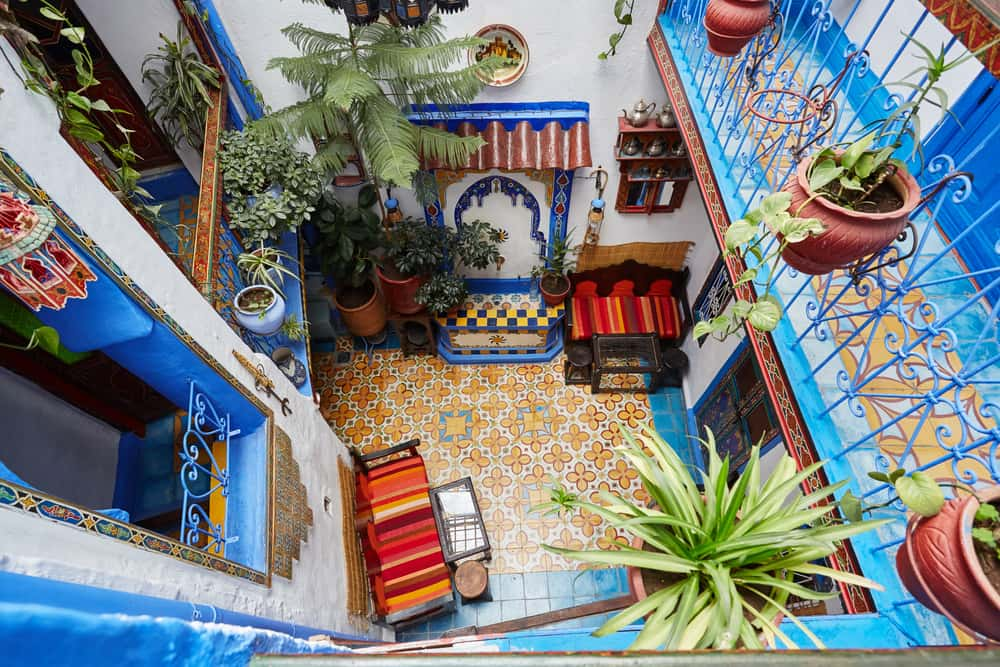
Photoestetica
Interior design is an ever-evolving art form, one that changes with the ebb and flow of time. But whatever the trend, HomeLane’s interior design experts can help you achieve the look you’re going for with ease!

